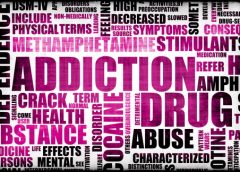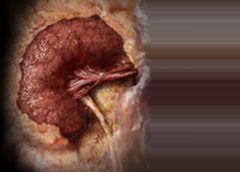By Julie Boertje, MS, RN, LMFT, QMRP, and Liz Ferron, MSW, LICSW
Almost everyone agrees that achieving a work-life balance is a good thing. Without it, we risk long-term negative effects on our physical and mental health, our relationships, and our work performance. But many clinicians have a hard time achieving this balance due to job demands, erratic work schedules, or the inability to say no when someone asks for help.
The challenges of stress and burnout
Stress and job burnout can cause, contribute to, or result from a poor work-life balance. They disrupt our normal patterns, behaviors, and feelings.
Of course, no one can escape stress altogether. Sometimes stress is a good thing, but we need to be able to identify when it’s a problem. For many clinicians, stress springs from the desire to provide good service and care in all parts of their lives. This desire can create stress, especially when barriers exist to achieving it. (more…)
Read More





